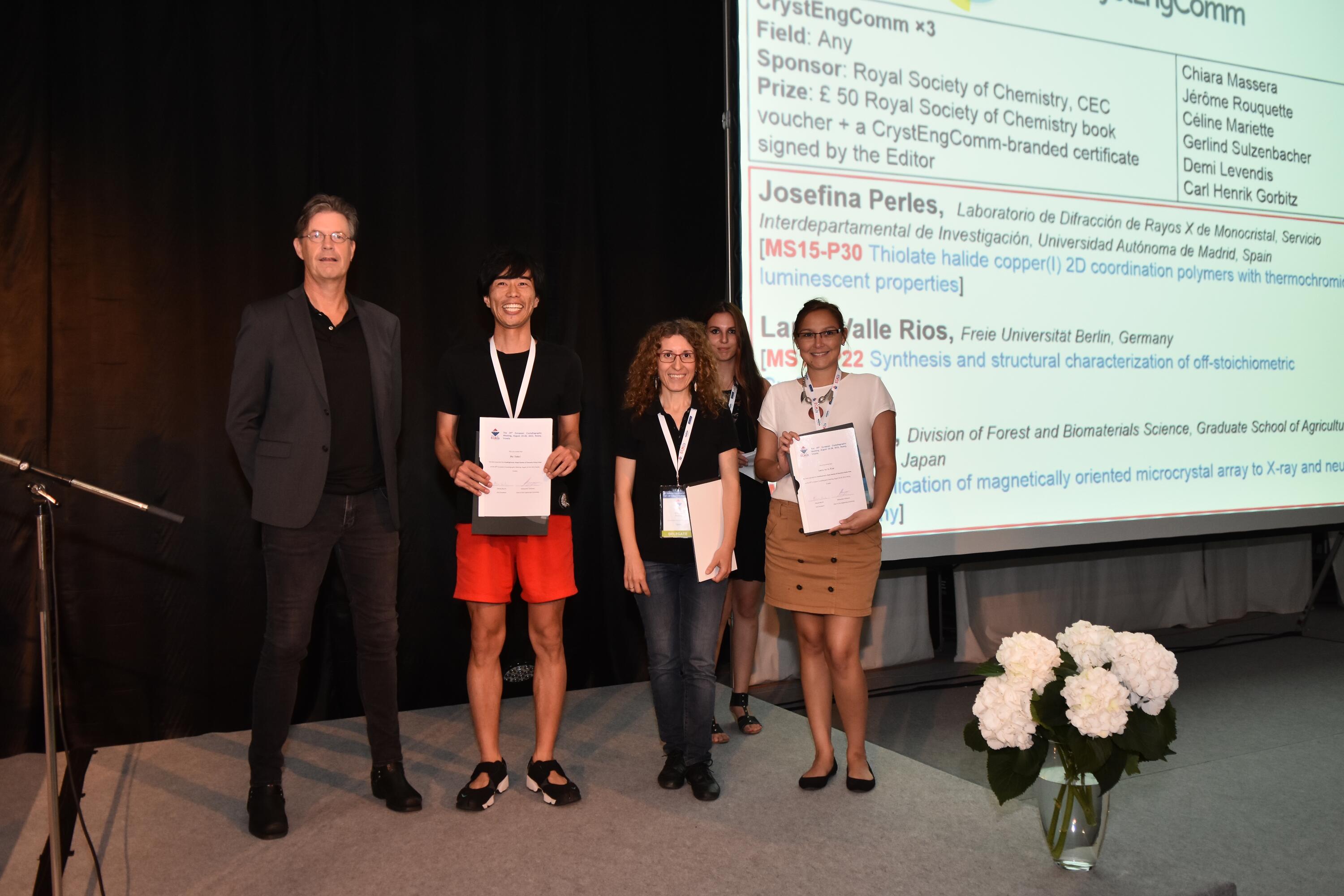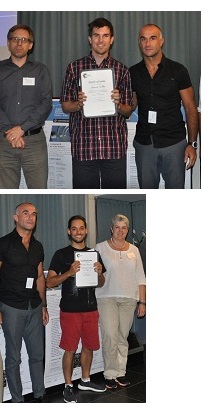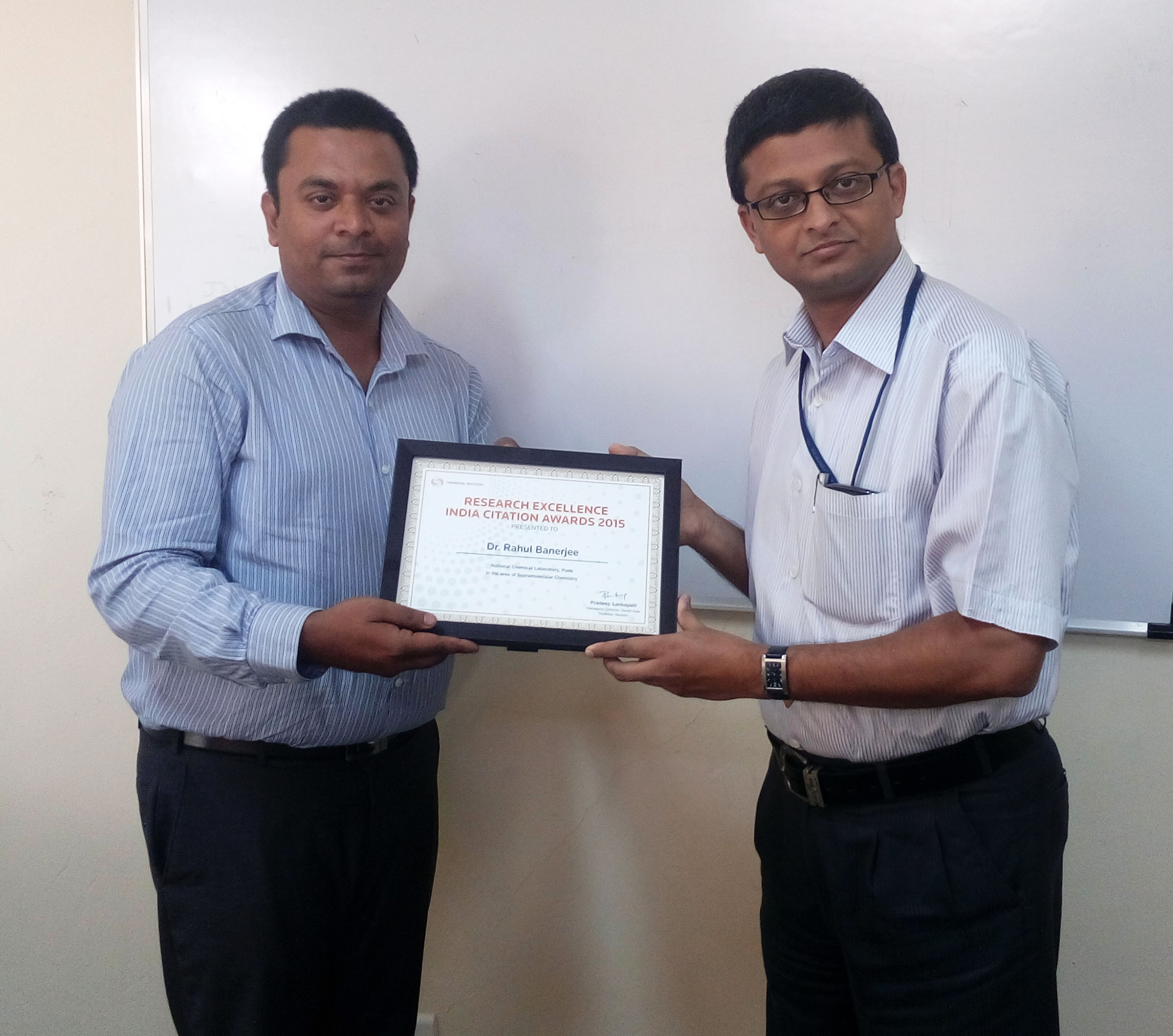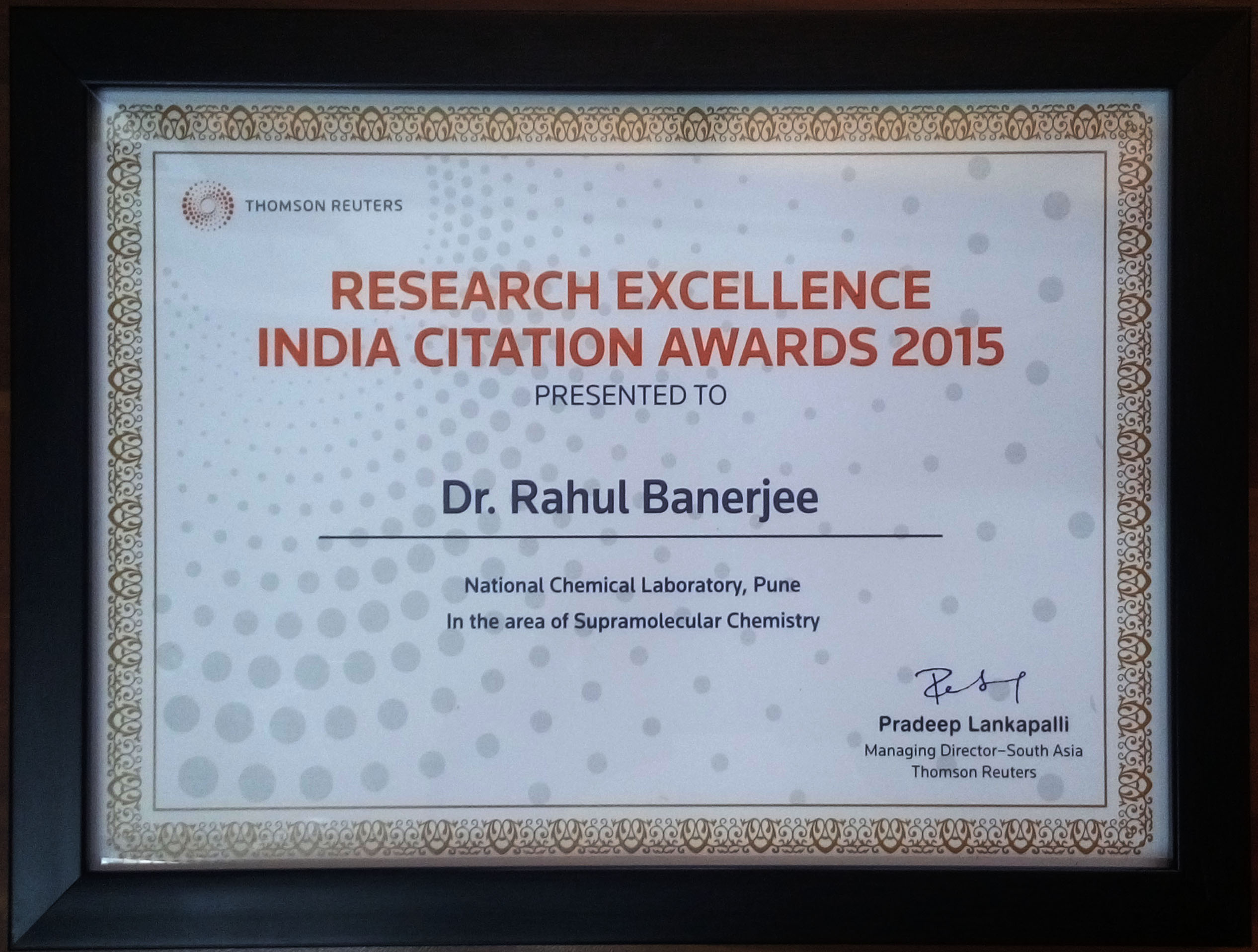A new paper by Lee et al. who carried out research at the National Central University in China, finally explains the formation of gout. Gout is an inflammatory arthritic condition caused by the deposition of crystals of monosodium urate monohydrate (MSUM) in joints and tendons. Traditionally associated with over-indulgent consumption of alcohol and rich food, gout was known as the disease of kings. It has become more common in recent years, affecting 2-3% of the Western population at some point during their lives.
Development of gout is related to raised levels of uric acid in the blood (hyperuricemia). However, the mechanism of crystallisation of MSUM and the fact that only some people with hyperuricemia develop gout were not understood, but are now unveiled in this new paper.
The morphology of the MSUM formed from uric acid was studied under various Na+ ion concentrations, under conditions mimicking the body (pH 7.4, 37oC). The formation of a metastable “beachball structure” which converts to “urchin-like aggregates” and “bow-like aggregates” depends on the Na+ ion concentration and it is suggested that the pathogenesis of gout may be related to the transformation of “beachballs” to needles.
When the pH is lowered by adding lactic acid, which would occur during inflammatory response, uric acid dihydrate (UAD) is formed. As the pH returns to normal, this converts to MSUM, causing an inflammatory response and generating a self-sustaining cycle, as shown in the diagram below.

The presence of hyaluronate, Na+, K+ and Ca2+ is found to affect the development of gout and a new MSUM “fishtail” morphology was observed in hyaluronate-, Na+– and Ca2+– containing solutions. A highly water soluble hyaluronate-Ca-urate complex was identified and authors suggest that disruption of this complex would lead to MSUM deposition, causing gout. Thus, people could have hyperuricemia but not develop gout, if their physiological conditions maintain the complex.
For more information, see the paper at:
The culprit of gout: triggering factors and formation of monosodium urate monohydrate
Meng Hsiu Chih, Hung Lin Lee and Tu Lee
CrystEngComm, 2016, Advance Article
DOI: 10.1039/C5CE01656H, Paper
___________________________________________________________________________________________________
 Gwenda Kyd has a PhD in metallocarborane chemistry from the University of Edinburgh. Other research work includes the spectroscopic study of the structure of glasses and organometallic electron-transfer reactions and the preparation of new inorganic phosphors. She has recently published a book on chemicals from plants.
Gwenda Kyd has a PhD in metallocarborane chemistry from the University of Edinburgh. Other research work includes the spectroscopic study of the structure of glasses and organometallic electron-transfer reactions and the preparation of new inorganic phosphors. She has recently published a book on chemicals from plants.


































